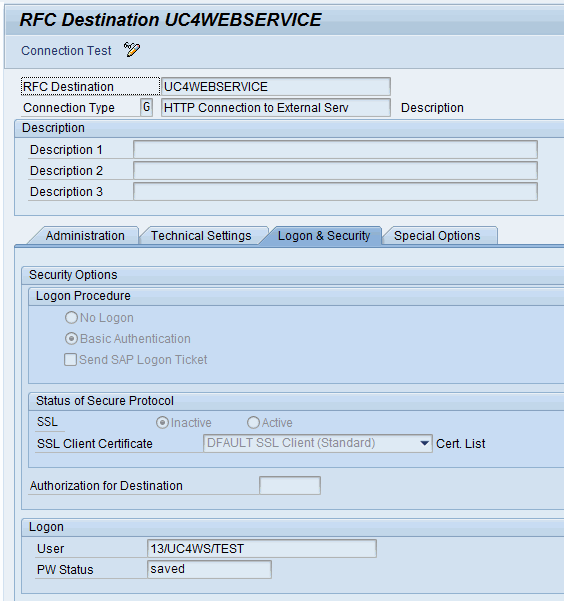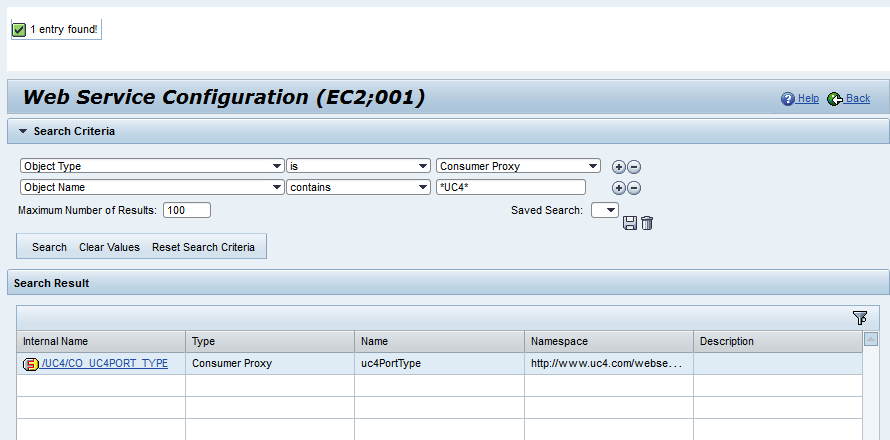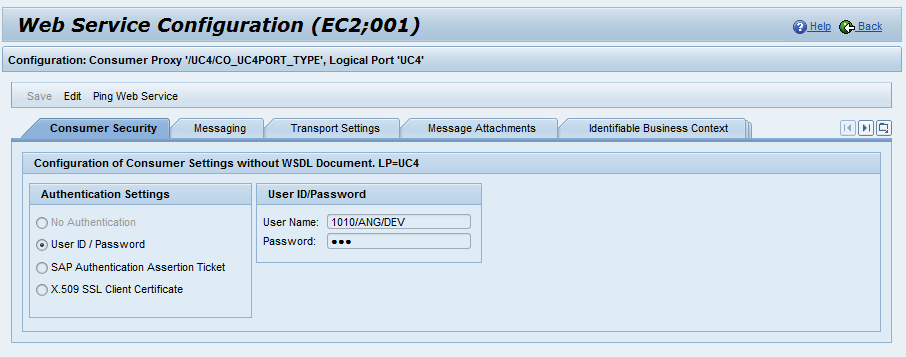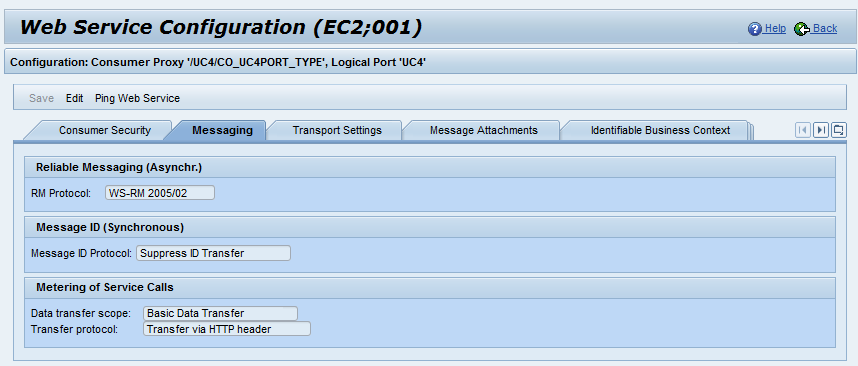The SAP Financial Closing CockpitVisualise les valeurs et statuts dans l'Automation Engine ou à partir des systèmes surveillés et contrôlés. Egalement un type d'objet distinct dans l'Automation Engine. can be used to schedule several tasks that should be executed in a particular order and at a particular point in time. Through the integration of AE, you can activate objects of an AE system via Closing Cockpit tasks.
In order to use the SAP Closing Cockpit with FCC 2.0 Add-on, refer to the alternative installation description.
Requirements:
| AE Internal Webservice | ||||||||
|---|---|---|---|---|---|---|---|---|
|
The AE Internal Webservice can be used with the following applicationUne application est un logiciel qui aide l'utilisateur à réaliser des tâches spécifiques. Dans un environnement ARA, voir aussi : Entité d'application.
servers: Use the installation guide to set up the required application server. Make sure to use the current version of the AE Internal Webservice. |
||||||||
| SAP version | ||||||||
|
SAP Basis requires a particular or a later support packageUn package est une instance (version, révision, balise, …) de votre application définissant le contenu à déployer. Il vous permet de décider si vous souhaitez déployer toute l'application ou uniquement certains composants spécifiés. version depending on the SAP release version which is used.
Another requirement is SAP ERP version 6.00. |
Installation
|
|
1. | Decoding the supplied file |
|---|
|
|
2. | Loading SAP transports |
|---|
Specific ABAP programs are required for the integration process. Load them to the SAP system by means of an import. The archive SAP_CloCo.ZIP includes two corresponding files.
Copy these files to the transport directory of SAP (e.g.: /usr/sap/trans/). Copy the K file to the subfolder "cofiles" and the R file to "data".
Log on to the SAP system and import the relevant request using the transaction STMS. Open and check the request's transport protocol after the import process: all steps have to show the return code 0 (successfully ended) or 4 (ended with warning).
|
|
3. | Configuring the HTTP RFC connection |
|---|
Call the transaction SM59 and select "HTTP connections to the external server". Now create a new connection.
Enter a name for the RFC destination (e.g.: AE_WEBSERVICE) and a description.
Tab: Technical settings:
In the field Target host, enter the host name of the application server where the AE Internal Webservice runs. Enter the port number in the field Service number.
Tab: Logon and Security:
Select the option Basic authentication. Specify the data for accessing the AE system: in the field User, enter the AE clientEnvironnement indépendant pour la création et l'exécution d'objets dans un système AE. Le nom d'un client est un nombre de quatre chiffres à saisir lors de la connexion d'un utilisateur au système AE. Les utilisateurs et leurs droits y sont aussi définis.Egalement un type d'objet distinct dans l'Automation Engine., user name and the department (separated by a slash). Now enter the password and store the RFC connection.

|
|
4. | Defining the logical port |
|---|
Start the transaction SOAMANAGER




Store and activate the logical port.
|
|
5. | Registering the ABAP report for the Closing Cockpit |
|---|
Call the transaction SM30 and open the table SCMAPROGRAMS for modifications ("Maintain"). Add a new entry with the following values:
| Column | Value |
|---|---|
| Program | /UC4/CC_REPORT |
| Application | CUSTOMER |
Store this new entry.
|
|
6. | Testing the connection |
|---|
Start the program UC4/CC_REPORT via the transaction SE38 to test the connection from ABAP to the AE system.
See also:
AE Internal Webservices
Integrating the Automation Engine in SAP Closing Cockpit with FCC 2.0 Add-on